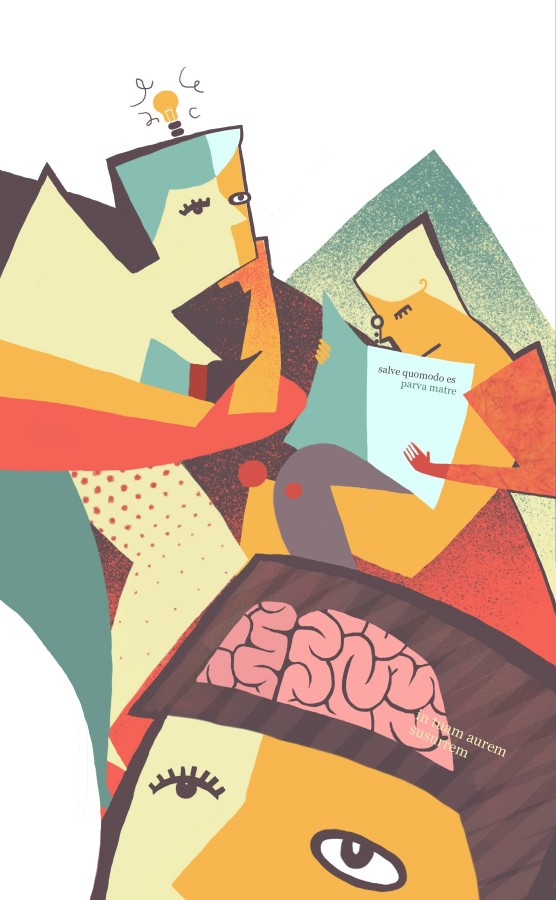Informative Visuals
December 18, 2015
Many of us, in response to the question of how we learn best, would probably say that visual learning plays an immense role in how we understand concepts, ideas and definitions. Be it in the form of a graphic or image, visuals can serve as some of the most powerful and accessible informational vessels, and the power they have in accentuating our ability to learn is vast.
“Illustrations, charts, diagrams and photos can often explain more than words,” Dee Dickinson of the Johns Hopkins School of Education said. “They make abstract ideas more concrete and understandable; they make information memorable; and they can facilitate learning.”
According to the Social Science Research Network, 65 percent of all people are visual learners. They process best when given an image to relate to and absorb information more quickly when given a perceptible display.
Thanks to the rapid growth of social media, people are spending more and more time focusing on their electronic screens and the ever-growing collection of memes, graphics and Instagram posts. More and more people are able to share their voices and opinions using visuals, as the technology to create and share images becomes more accessible.
In journalism, visuals are often used for their eye-catching appeal. Chunks of text are not only intimidating to the human eye and mind, but also lack any true visual stimulation and can therefore turn off the reader.
However, one of the most overlooked aspects of visual journalism is that there is always a limitation to what is represented. When a photographer snaps a photo of a catastrophic event, viewers only see what the lens can cover. When a graphic artist chooses which statistics to incorporate into their visual to create the most compelling message, viewers only see that specific perspective on the issue. It’s important to keep in mind that there are always more perspectives than what’s being represented.
While visuals were initially seen as additives to the text of the article, they have now grown to be almost as or even as influential as articles themselves. Take TIME Magazine. The popular publication holds competitions for “photographs of the year” and also emphasizes photographs, as well as articles, as a crucial part of its works.
With the rapid growth of technology, graphic design has also seen a hike in popularity as a career option. Artists now have the chance to pursue it as a major, channeling not only their artistic ambition, but connecting that ambition with the new age of technological advancement.
At the hand of a skilled graphic artist, a paragraph of text littered with statistics, percentages and complicated data can be replaced with a meaningful and visually captivating representation of the author’s message.
In journalism, visuals represent a snapshot. While they attempt to encompass entire ideas and convey and communicate, they can only do so within a range of available voices. Informative visuals can shed light on situations in ways that can truly connect with viewers and readers everywhere, and simultaneously, audiences should always seek more interpretations to ensure they have truly seen the whole picture.


